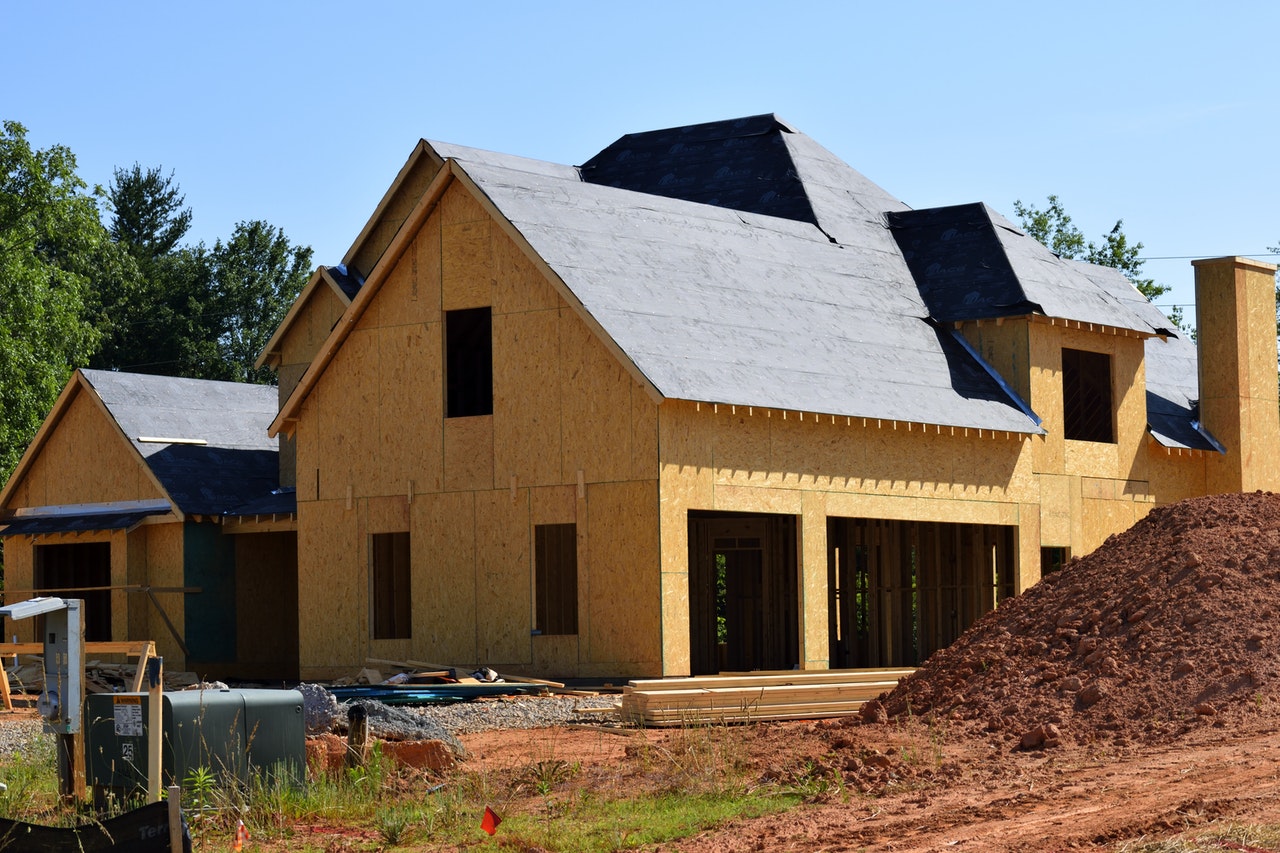Roofs aren’t built to last forever, even if you’re using the best materials and an experienced contractor. Some will last only a few years and a couple of tough storms before they’re so torn up they’re no longer functioning. Others will last for decades. But eventually, all roofs will need to be replaced.
So how can you tell when the time has come?
The Roof Replacement Process
In many cases, a simple problem with your roof can be corrected. For example, a damaged shingle can be replaced, and a small leak can be repaired. But if you’re thinking of replacing the entire roof, you’ll need to follow a more thorough process.
- Inspection. First, take the time to completely inspect your roof for signs of damage and wear and tear. Ideally, you’ll inspect your roof at least once per year even if you don’t suspect any damage or deterioration; this will allow you to catch issues before they’re too late. If there’s already a problem, an inspection can help you figure out if you need a quick repair or a full-fledged roof replacement.
- Shopping for a quote. Next, you’ll begin shopping for quotes with roofing contractors. Different roofing contractors will offer different services, different levels of experience, and of course, different prices. Consider your priorities carefully when getting quotes from contractors in your area.
- Securing a contractor. Talk to your contractor about the materials and methodologies they’re going to use, and make sure you understand the process before finalizing your selection. Also make sure your contractor is bonded and insured.
Signs It’s Time to Replace the Roof
So how can you tell when your roof needs to be replaced?
- Extended life. Roofs don’t age in a precise and predictable way. Many variables can influence how long a roof will last and how much structural integrity it will preserve along the way; for example, bad weather conditions and poor-quality workmanship can accelerate the process of deterioration. That said, we have ballpark estimates for how long different types of roofs should last. Composition shingles, some of the most common on the market, typically last 12 to 20 years. Asphalt shingles can last 15 to 30 years. Wood shingles typically last 20 to 25 years. Rubber roofs can last 30 to 50 years. And metal roofs last 50 to 75 years. If you’re past the typical lifespan of your roof, you’ll need to seriously think about replacement.
- Exposure apparent from the interior. Head up to the attic or your top floor and look up. Do you notice any bits of exposure to the outside elements? For example, do you notice beams of light shining through holes and gaps in the roof? Or do you see signs of moisture or streaks on the walls? If so, it may be a sign that your roof needs replaced.
- Multiple loose, cracked, or damaged shingles. Strong winds and bad storms can damage even new roofs. If you notice a single loose or cracked shingle that results from such an incident, you can usually replace it without much of a concern. But if you have multiple loose, cracked, or damaged shingles, you don’t just have a shingle problem – you have a full roof problem.
- Shingle granules in the gutters. If you notice tiny granules from your shingles in the gutters, it could be a sign that your roof is nearing the end of its functional life. A few granules may be evidence of normal wear and tear, but if your shingles are falling apart, they’re not going to last much longer.
- Damage to flashing. Roof flashing is designed to seal the gaps between a roof and certain types of roof features, like chimneys or skylights. If installed properly, it should last as long as the rest of your roof. If you notice damage, you might be able to replace the flashing and restore your roof to full working order – but it could be a sign your roof is deteriorating.
- Sagging or warping. If your roof appears to be sagging in the middle, or if it’s significantly warping in some other way, a simple repair isn’t going to be enough to correct the problem. You’ll likely need to replace the entire roof, and as soon as possible.
- Mold, moss, or fungi growth. Mold, moss, and other types of plants and fungi thrive on decomposition. If you see these organic materials growing out of your roof, you should be concerned.
Replacing a roof can be expensive, but it’s a necessary repair if you want the structural integrity of your home to be preserved. Replacing a roof before it begins severely leaking can ultimately save you money in the long run – and make your home look and function better immediately.









